Disclosure: This article contains affiliate links. We may earn a commission from purchases at no extra cost to you, which helps our travel content.
The limestone shelf of Mexico's Yucatan Peninsula is a remarkable geological formation—essentially a massive fossilized coral reef that emerged from the sea millions of years ago. This unique topography has created one of Earth's most fascinating hydrological systems: an extensive network of underground rivers and cenotes (natural sinkholes) that the ancient Maya considered sacred portals to the underworld. While most visitors come for the postcard-perfect beaches, I've spent years documenting how this distinctive landscape has shaped both the natural ecosystems and cultural practices of the region. Join me as we explore twelve adventures that reveal the true ecological and cultural marvels beyond the resort zones.
Cenote Diving and Snorkeling: Portals to an Ancient Underworld
As a biologist, I'm perpetually fascinated by the cenotes of the Yucatan—not merely for their crystalline beauty, but for what they represent: a living laboratory where geology, hydrology, and anthropology converge. These natural sinkholes formed when limestone bedrock collapsed, revealing the groundwater beneath. The ancient Maya considered them sacred gateways to Xibalba, their underworld.
During my recent expedition with my research colleagues, we explored several cenotes near Tulum. The Gran Cenote offers an accessible introduction with its partially open ceiling casting ethereal light beams through the water. For a more immersive experience, Dos Ojos (Two Eyes) provides an extraordinary cave diving opportunity where you can witness the interplay between freshwater and saltwater creating a visual phenomenon called a halocline.
For serious underwater exploration, I recommend investing in a quality dive light. The beam penetration is crucial for appreciating the delicate stalactites and stalagmites that have formed over millennia. If you're new to cenote diving, several operations in Tulum offer specialized training. I found neoprene water socks invaluable for protecting feet from sharp limestone while entering cenotes with rocky approaches.
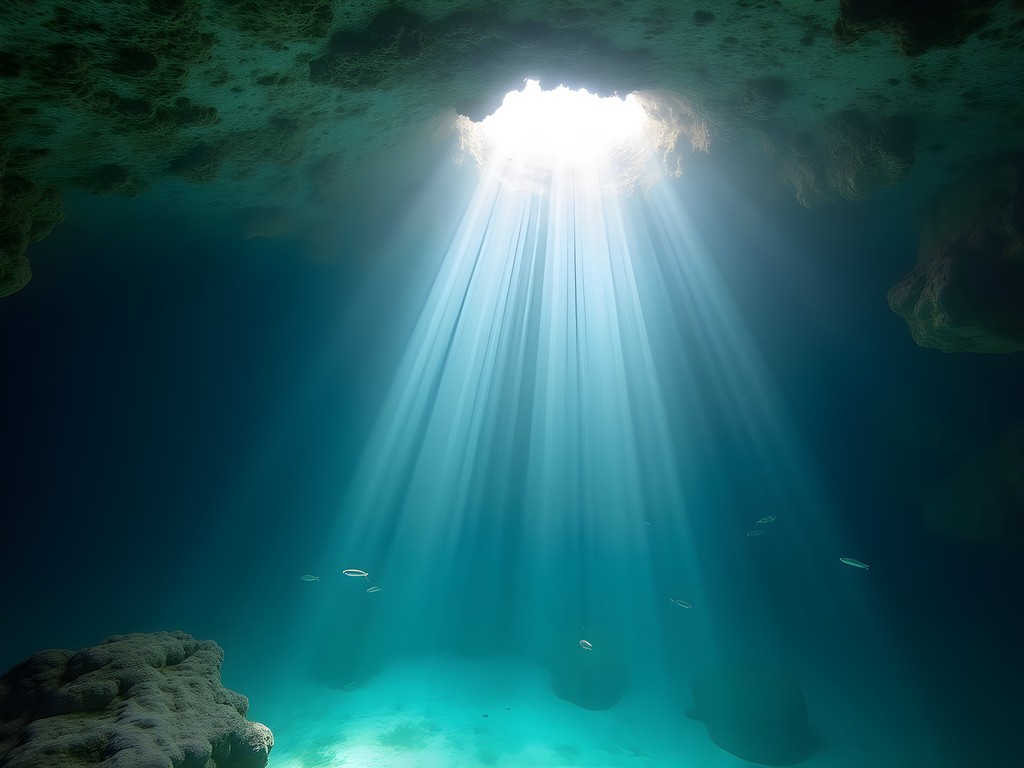
💡 Pro Tips
- Always dive with a certified guide who specializes in cenote diving
- Visit cenotes early in the morning (8-9am) to avoid crowds and experience the best light penetration
- Respect these sacred spaces by never touching formations or using chemical sunscreens
Exploring the Sian Ka'an Biosphere Reserve: A Tapestry of Ecosystems
The Sian Ka'an Biosphere Reserve represents one of the most successful conservation models I've encountered in my biological research travels. This UNESCO World Heritage site encompasses nearly 1.3 million acres of tropical forests, marshes, mangroves, and a portion of the Mesoamerican Barrier Reef. The name translates from Mayan as 'Origin of the Sky'—an apt description for this place where land, water, and atmosphere create a perfect ecological harmony.
On my most recent visit with my wife and twins during their winter break, we booked a full-day expedition through the reserve with a local Mayan guide. We began at the ancient Mayan trading post of Muyil, where archaeological structures emerge from the jungle. From there, we traversed a network of pre-Hispanic canals that the Maya engineered to connect freshwater lagoons to the Caribbean Sea—a remarkable feat of ancient hydrology that still functions perfectly.
The highlight was floating through these canals, carried by the gentle current through mangrove tunnels where we spotted spider monkeys, toucans, and countless bird species. For this experience, I highly recommend bringing a waterproof dry bag to protect cameras and field journals. The biodiversity here is staggering—over 300 bird species and 100 mammals call this reserve home.
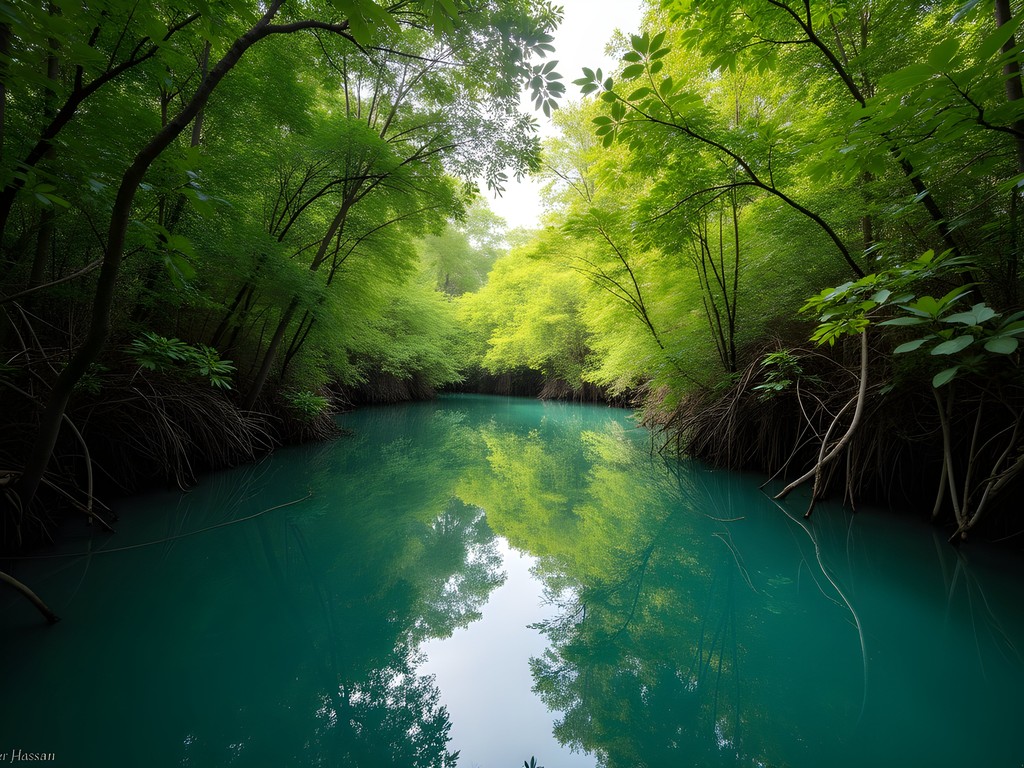
💡 Pro Tips
- Book with community-based tour operators that employ local Mayan guides
- Bring a high-quality reef-safe sunscreen as you'll be exposed to sun for hours
- Pack a lightweight long-sleeved shirt for sun protection and insect defense in the mangroves
Coba Pyramid Climbing and Jungle Cycling: Ancient Perspectives
While Chichen Itza receives the lion's share of tourist attention, the less-frequented archaeological site of Coba offers a more intimate connection with Mayan architectural ingenuity. Unlike many sites in the region, Coba still permits visitors to climb Nohoch Mul, the tallest pyramid in the northern Yucatan at 137 feet. As someone who studies how ancient civilizations utilized natural resources, I find Coba particularly fascinating for how its structures were positioned in relation to the surrounding cenotes and water systems.
During our family visit last winter, we arrived at opening time (8 AM) to beat both the crowds and the midday heat. The archaeological zone spans several kilometers, so renting bicycles on-site is the optimal way to explore. As we cycled along ancient white limestone paths called sacbeob (singular: sacbe), my twins were delighted to spot spider monkeys swinging through the upper canopy.
The climb up Nohoch Mul is steep but manageable for those with reasonable fitness. I recommend wearing hiking sandals that provide good grip on limestone while allowing your feet to breathe in the tropical heat. At the summit, the panoramic view of unbroken jungle canopy stretching to the horizon offers a perspective that few other experiences in the Yucatan can match—a visual reminder of how the Maya civilization existed in harmony with this vast forest ecosystem.
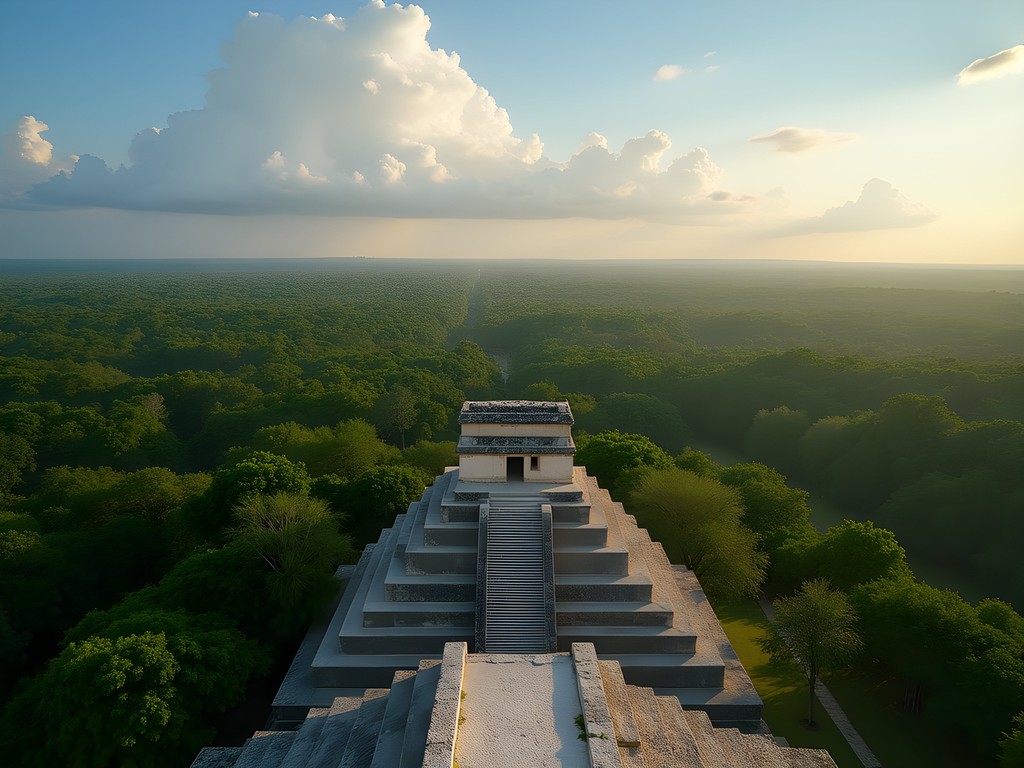
💡 Pro Tips
- Arrive at opening time (8 AM) to avoid crowds and midday heat
- Bring at least 2 liters of water per person—the site offers little shade
- Take time to observe the ball court and stelae with their partially preserved glyphs
Rio Secreto Underground River Experience: Geological Time Travel
As a biologist with a particular interest in evolutionary adaptations to extreme environments, Rio Secreto represents one of the most fascinating subterranean ecosystems I've had the privilege to study. This partially flooded cave system extends for more than 12 kilometers beneath the jungle floor, with only a portion accessible to visitors through guided tours.
What makes Rio Secreto extraordinary from a scientific perspective is how it represents the intersection of geological time scales with biological adaptation. The limestone formations—stalactites, stalagmites, and columns—have formed drop by drop over hundreds of thousands of years. Meanwhile, the cave system hosts specialized organisms that have evolved to thrive in perpetual darkness.
During our guided tour, we waded and swam through crystal-clear underground waters while our Mayan guide explained both the scientific significance and cultural importance of these subterranean realms. The absence of artificial lighting (beyond our headlamps) preserves the cave's pristine condition and allows visitors to experience the profound darkness that has shaped the evolution of cave-dwelling species.
For this experience, I recommend wearing a quick-dry rashguard under the provided wetsuit for additional comfort. The water temperature remains a consistent 75°F year-round, regardless of surface conditions. The specialized water shoes I brought provided excellent traction on slippery limestone surfaces while protecting my feet.

💡 Pro Tips
- Book the first morning tour for a more intimate experience with fewer people
- Leave cameras behind—professional photos are included, and the humid environment is harsh on electronics
- Listen carefully to your guide's instructions about where it's safe to touch—some formations are extremely fragile
Whale Shark Encounters: Swimming with Ocean Giants
Few experiences in my biological fieldwork have matched the profound wonder of swimming alongside the world's largest fish species. The northern waters of the Yucatan Peninsula host one of the planet's most significant aggregations of whale sharks (Rhincodon typus) from May through September, with peak concentrations in July and August. These gentle filter-feeders—which can reach lengths of 40 feet—congregate here to feed on plankton blooms and fish spawn.
As a marine biologist who has studied cetacean and elasmobranch behavior patterns across several ocean basins, I approach these encounters with both scientific curiosity and deep respect. During our family's summer research trip, we departed from Isla Mujeres on a small-group tour committed to responsible wildlife interaction practices. After about an hour's boat ride, we entered what local guides call the 'whale shark cafeteria'—an area where dozens of spotted dorsal fins cut through the surface waters.
The experience of slipping into the water just yards from these massive creatures is simultaneously humbling and exhilarating. Though enormous, whale sharks move with remarkable grace, their distinctive spotted patterns (unique as human fingerprints) filtering the sunlight as they pass. For photography, I relied on my underwater action camera with a floating hand grip to document their movement patterns.
For sun protection during the long boat journey and surface intervals, I recommend a full-coverage sun hat with UPF protection and a neck cape. The Caribbean sun is unforgiving, especially with water reflection.
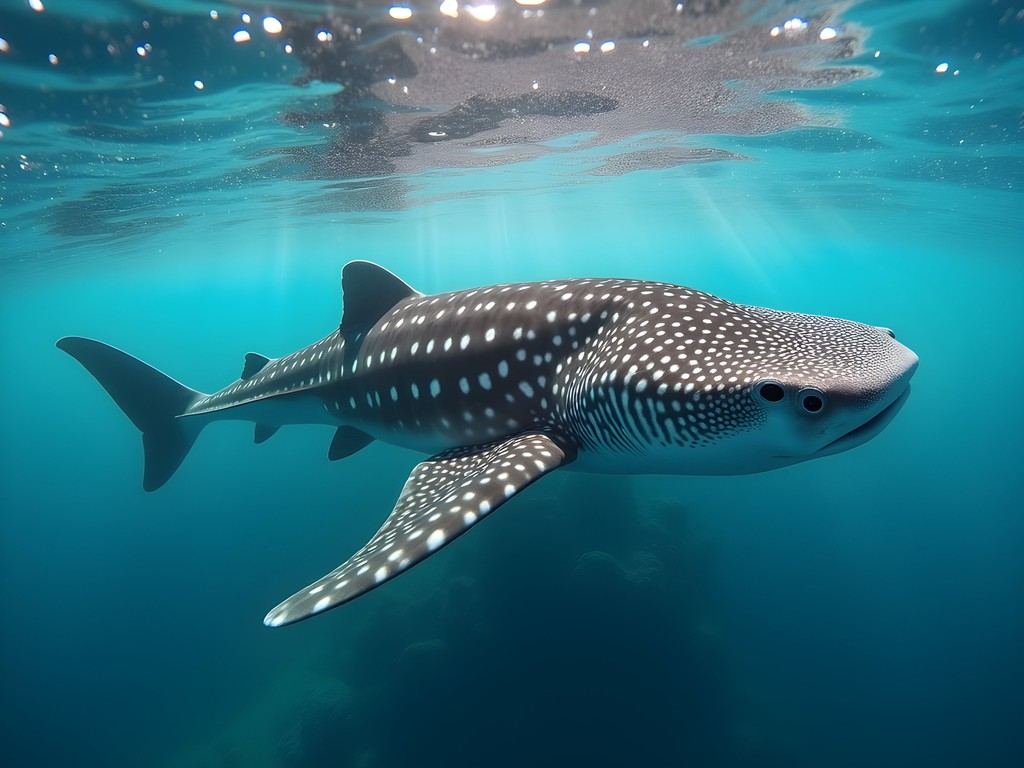
💡 Pro Tips
- Book with tour operators that follow the official Mexican whale shark encounter guidelines
- Practice snorkeling skills before your trip—you'll need to swim efficiently to keep pace
- Take motion sickness medication before departure if you're susceptible—the boat ride can be choppy
Mayan Jungle Zipline and Rappelling Adventures: Canopy Perspectives
The tropical forests of the Yucatan Peninsula represent one of our planet's most biodiverse terrestrial ecosystems, with ecological stratification that creates distinct habitats from forest floor to canopy. While my scientific research often involves methodical observation from carefully positioned platforms, adventure parks throughout the Riviera Maya offer travelers a more dynamic—if less scientific—perspective on forest ecology.
During our family's winter exploration, we visited Selvatica adventure park, located about 45 minutes inland from Playa del Carmen. Their zipline circuit includes 10 lines that traverse a protected section of jungle, offering a thrilling perspective on canopy structure that few experiences can match. As we soared between platforms, my teenagers spotted spider monkeys and tropical birds that would typically remain hidden to ground-based observers.
The most scientifically interesting component, however, was rappelling into a cenote—descending through the different vegetation zones that surround these natural sinkholes. The transition from drought-adapted surface plants to humidity-loving species that thrive around cenote edges provides a perfect natural demonstration of how microclimate affects plant community composition.
For this adventure, I found my quick-dry hiking pants ideal for both comfort and protection from the occasional branch or harness friction. A waterproof action camera mount allowed me to document the experience hands-free while maintaining proper safety protocols on the ziplines and rappelling sections.

💡 Pro Tips
- Wear closed-toe shoes with good traction—many parks won't allow sandals even if they have heel straps
- Apply mosquito repellent before arrival, focusing on ankles and wrists where the harness won't cover
- Bring a small waterproof bag for personal items—most parks provide lockers but you may want essentials during the tour
Traditional Mayan Beekeeping and Medicinal Plant Tours: Cultural Bioscience
As both a biologist and an advocate for traditional knowledge systems, I find the intersection of indigenous wisdom and scientific understanding particularly fascinating. The Maya civilization developed sophisticated botanical knowledge over thousands of years, including specialized beekeeping practices using native, stingless Melipona bees (Melipona beecheii)—a species entirely different from European honey bees.
During our research visit, we participated in a community-based tour near Felipe Carrillo Puerto that focuses on traditional Mayan beekeeping and medicinal plant knowledge. Unlike conventional tourist experiences, this program is operated by a Mayan family cooperative that preserves traditional ecological knowledge while supporting sustainable livelihoods.
Our guide, Don Miguel, a fifth-generation Mayan beekeeper, demonstrated how his ancestors kept Melipona bees in hollow logs called jobones. These native bees produce small quantities of a distinctive honey that was historically used for medicinal purposes and sacred ceremonies rather than as a sweetener. The honey contains compounds with antimicrobial properties—a traditional knowledge claim that modern pharmaceutical research has subsequently validated.
The tour continued with an ethnobotanical walk where we learned about dozens of medicinal plants, from the fever-reducing properties of chaya leaves to the anti-inflammatory effects of copal resin. I documented these plants using my plant identification app to cross-reference traditional uses with scientific literature.
For this immersive experience, I recommend bringing a insulated water bottle with sufficient capacity for a half-day tour, as the forest humidity can be dehydrating even when temperatures aren't extreme.

💡 Pro Tips
- Wear lightweight, long-sleeved clothing as protection against both sun and insects
- Bring small denominations of pesos to purchase sustainable products directly from the community
- Ask permission before photographing people or ceremonial activities
Night Snorkeling with Bioluminescent Plankton: Living Light
The biochemical phenomenon of bioluminescence represents one of nature's most magical adaptations—the ability of living organisms to produce light through chemical reactions. As a marine biologist who has studied plankton populations across multiple ocean basins, I find the bioluminescent displays in certain lagoons around the Yucatan Peninsula particularly noteworthy for their intensity and accessibility.
Holbox Island, located at the junction where the Caribbean Sea meets the Gulf of Mexico, offers one of the region's most reliable bioluminescent experiences. Unlike some destinations where bioluminescence is viewed from boats, here you can actually swim among the glowing microorganisms—primarily dinoflagellates that emit light when disturbed as a defense mechanism.
During our recent research visit, we joined a small-group night snorkeling tour that departed about an hour after sunset. Our guide, a marine biology student from UNAM (National Autonomous University of Mexico), explained the scientific principles behind bioluminescence while also sharing local Mayan legends about these 'stars of the sea.'
As we slipped into the warm, dark water and moved our arms, the water around us erupted in blue-green sparkles—like swimming through a galaxy. The experience offers a profound connection to microscopic marine life that's typically invisible to casual observers.
For this experience, I recommend bringing a red light headlamp with red light mode, which won't disrupt your night vision or disturb the bioluminescent organisms. Most tours provide basic snorkeling equipment, but if you're sensitive to using shared gear, consider packing your own travel snorkel set.
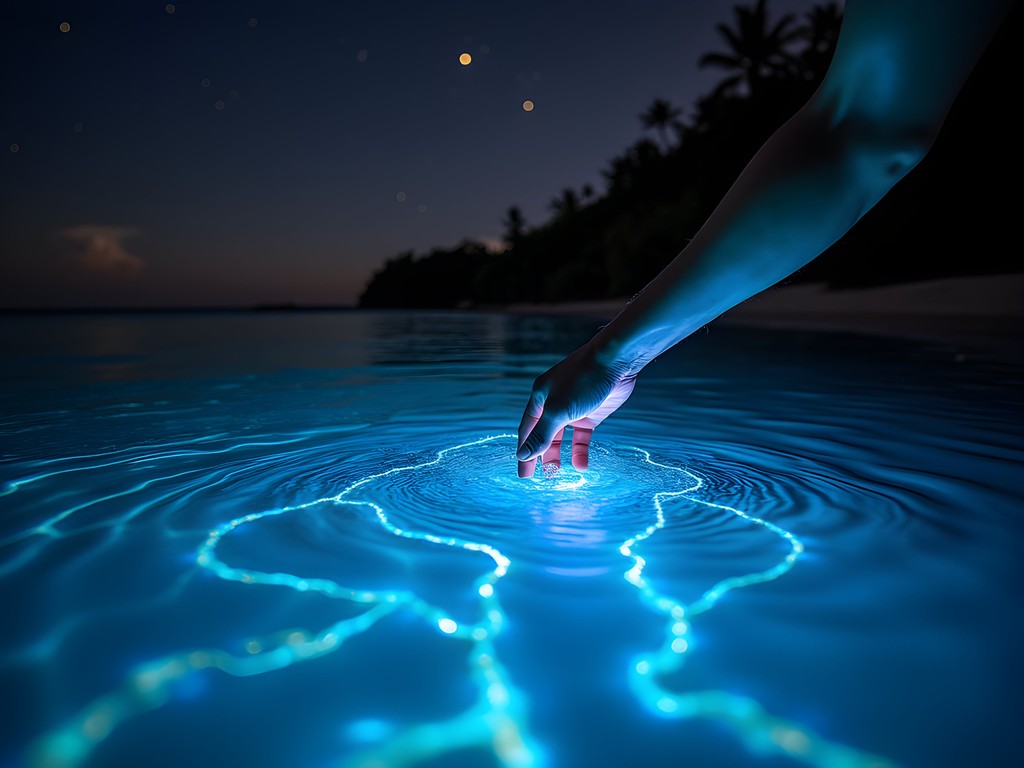
💡 Pro Tips
- Avoid applying insect repellent or sunscreen before entering the water—these chemicals can harm the delicate marine ecosystem
- Choose tours during the new moon phase when darkness is most complete
- Allow your eyes at least 15 minutes to adjust to darkness before entering the water for the full effect
Sea Turtle Conservation and Hatching Releases: Witnessing Ancient Rituals
The beaches of Riviera Maya serve as critical nesting habitat for four endangered sea turtle species: the loggerhead, green, hawksbill, and leatherback. As a biologist who has documented marine conservation efforts worldwide, I find the sea turtle protection programs along this coastline particularly noteworthy for their integration of scientific research, community involvement, and sustainable tourism.
Many resorts and conservation organizations throughout the region operate turtle protection programs from May through October. During our summer research trip, we participated in a hatching release program at Akumal Bay, where my family and I had the privilege of watching dozens of newly hatched turtles make their precarious journey from nest to sea.
The conservation biologist supervising the release explained that only about 1 in 1,000 hatchlings will survive to adulthood—a sobering statistic that underscores the importance of protection efforts. Artificial lighting, predation, and ocean pollution all present significant challenges to these ancient mariners who have followed the same nesting patterns for millions of years.
For evening releases, a red light flashlight is essential, as red wavelengths don't disorient hatchlings the way white light does. I also recommend bringing a compact spotting scope if you're interested in observing adult females during nesting (always from a distance and with proper guidance).
What makes these experiences particularly meaningful is understanding that female turtles return to nest on the very beaches where they hatched decades earlier—a remarkable navigational feat that scientists are still working to fully understand.
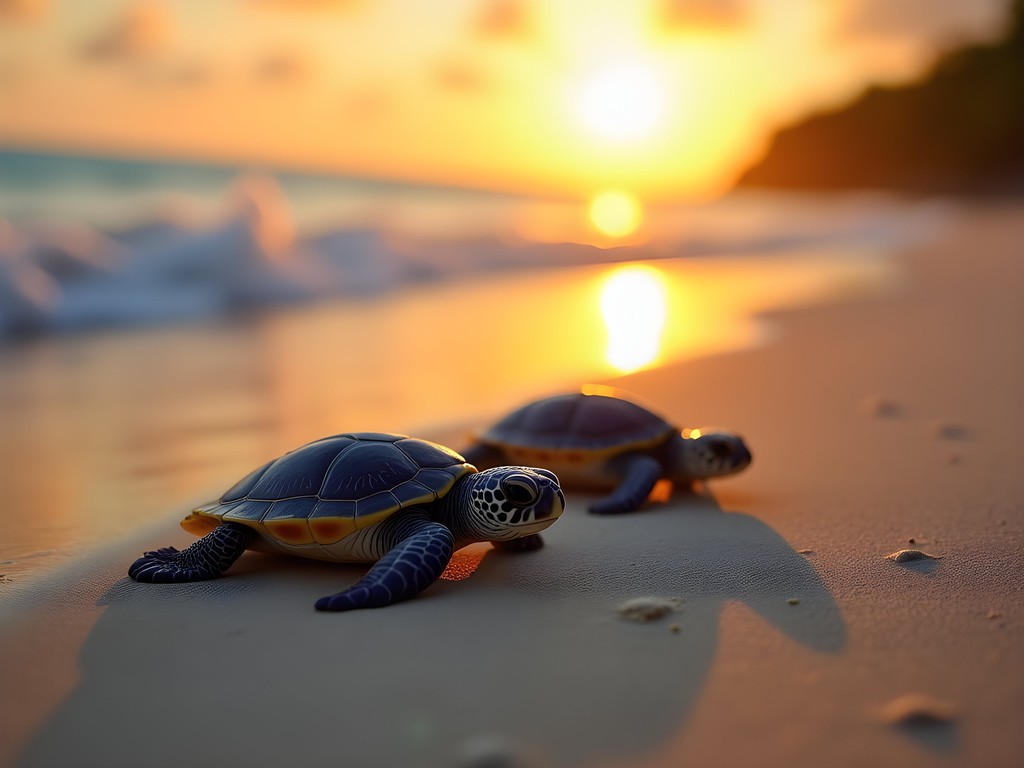
💡 Pro Tips
- Book turtle experiences through established conservation organizations rather than informal beach vendors
- Maintain absolute silence during releases and nesting observations
- Never use flash photography around turtles or hatchlings
Final Thoughts
The ecological and cultural tapestry of the Yucatan Peninsula extends far beyond its famous beaches and resort corridors. As both a biologist and cultural observer, I've found that the most meaningful experiences in this region emerge when we engage with its natural systems and indigenous knowledge with respect and curiosity.
The twelve adventures outlined here represent different facets of a complex regional identity—from the geological wonder of cenotes to the living traditions of Mayan communities who have maintained their connection to these landscapes for millennia. What unites these experiences is how they reveal the intricate relationships between natural phenomena and cultural practices.
As travelers in this remarkable region, we have both the privilege of witnessing these connections and the responsibility to ensure our presence contributes positively to their preservation. Choose operators who employ local guides, respect established conservation protocols, and reinvest in community initiatives. Document your observations, but prioritize experience over perfect photographs. Most importantly, approach each adventure with the humility to learn from both scientific understanding and traditional knowledge systems that have evolved in relationship with these landscapes over thousands of years.
The Riviera Maya offers far more than a tropical escape—it provides a living classroom where the past and present, science and tradition, land and sea exist in dynamic conversation. Listen carefully to what they have to teach.
✨ Key Takeaways
- Book experiences with operators that employ local guides and follow established conservation protocols
- Visit cenotes, archaeological sites, and nature reserves early in the morning to avoid crowds and midday heat
- Pack reef-safe sunscreen, quick-dry clothing, and proper water shoes for maximum comfort and minimal environmental impact
📋 Practical Information
Best Time to Visit
November to April (dry season) for most activities; May to September for whale sharks and turtle nesting
Budget Estimate
$1,500-$2,500 per person for a two-week stay including accommodations, food, and activities
Recommended Duration
10-14 days to experience multiple ecosystems and cultural sites
Difficulty Level
Moderate - Most Activities Require Basic Swimming Skills And Reasonable Fitness

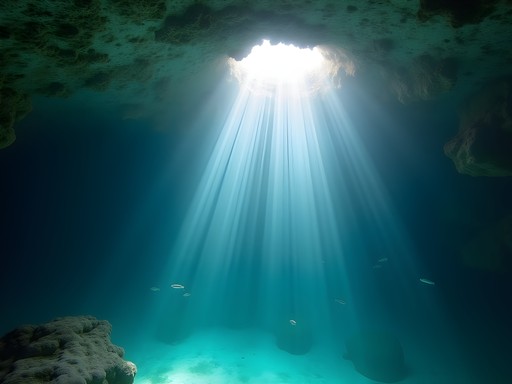

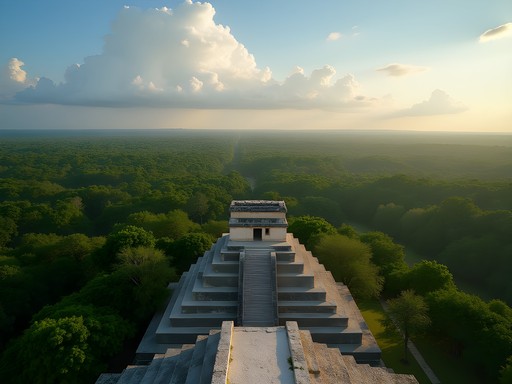
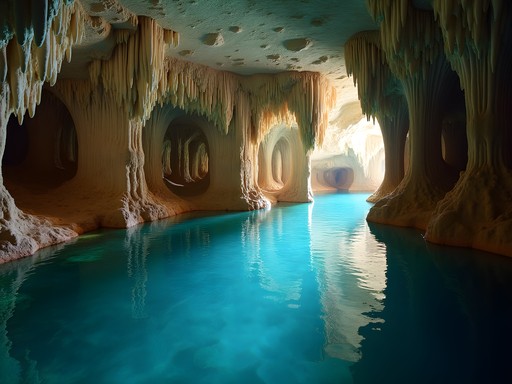

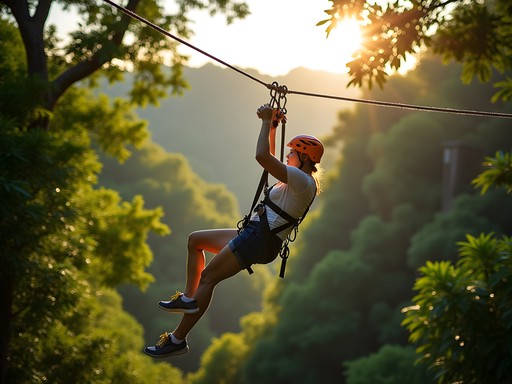







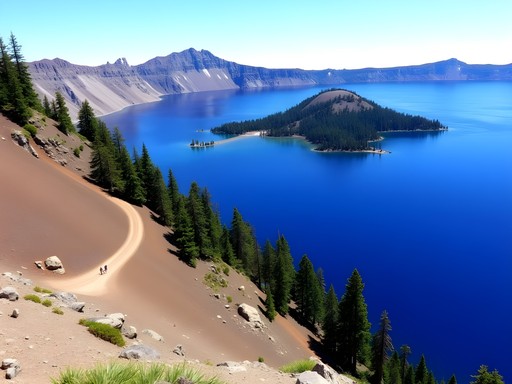


Comments
Savannah Torres
Taylor, this post brought back so many memories! We took our kids to Riviera Maya last summer and followed a similar itinerary. The cenote diving was the unexpected highlight - my 10-year-old son who's usually glued to his iPad was completely transformed underwater, pointing out fish and ancient formations. For families reading this, I'd add that Aktun Chen was particularly kid-friendly with its ziplines and cave explorations. The Coba pyramid climb was challenging with little ones, but the jungle cycling made it accessible and fun. One tip: bring biodegradable sunscreen as many cenotes require it to protect the delicate ecosystems!
sunnymood
Great point about the biodegradable sunscreen! We almost got turned away at one cenote until we bought some at their gift shop (for a premium price). Better to bring your own!
wanderadventurer
Going to Cancun next month with my girlfriend and we're both tired of just sitting on beaches. The Sian Ka'an Biosphere Reserve sounds amazing! Did anyone take a guided tour there or is it easy enough to explore on your own? Any tips for transportation?
Savannah Torres
Definitely book a guided tour for Sian Ka'an! We tried to DIY it first and got completely lost. Our guide showed us hidden spots where we saw manatees and tons of birds. We used Community Tours Sian Ka'an - they're run by locals from the Maya community and incredibly knowledgeable. Bring your waterproof camera case because you'll want to take photos while on the boat through the mangroves!
wanderadventurer
Thanks so much for the tip! Will definitely look into booking with that company. And good call on the waterproof case!
sunnymood
Just got back from Riviera Maya last week and did the Rio Secreto tour! Absolutely magical experience walking through those underground caves with just our headlamps. The stalactites were incredible and our guide knew so much about the geology. Definitely recommend going early in the morning when it's less crowded. We also tried snorkeling at Dos Ojos cenote and it was like being on another planet - the water clarity is unbelievable!
Savannah Torres
Rio Secreto was a highlight of our family trip too! Did you do the full tour with the light show at the end? My kids (8 and 10) were completely mesmerized by it. Nature's own light show!
sunnymood
Yes! That light show was incredible. Felt like being in another world completely. Worth every penny!
summerlife
Heading to Cancun in October - is that a good time for the Rio Secreto experience? Worried about rain affecting the underground river.
Fatima Sims
October is actually a great time! The rainy season is winding down, and Rio Secreto is magical after some rainfall - the formations look extra vibrant. They monitor water levels carefully and will cancel if there's any safety concern. Just book early in your trip so you can reschedule if needed!
summerlife
Perfect, thanks! That's exactly what I needed to know.
wavelover
Those cenote photos are incredible! Bucket list material for sure.
waveone
Going to Cancun in December! Anyone know if these activities are still good during winter months? Especially concerned about water temperature for cenote swimming.
Douglas Bradley
December is actually a great time! Cenotes maintain a pretty consistent temperature year-round (around 75°F/24°C) since they're fed by underground water. You might find the initial plunge a bit chilly but comfortable once you're in. Plus, December means fewer crowds at most sites.
waveone
That's perfect! Thanks so much for the info!
AdventureCouple
Just got back from Riviera Maya last week and did the Rio Secreto tour mentioned in this article. Absolutely phenomenal experience! The geological formations are mind-blowing, and swimming through those illuminated caverns feels like being on another planet. One tip I'd add - wear water shoes with good grip. Some parts are slippery and the provided shoes weren't great for my wide feet. Our guide Miguel was incredibly knowledgeable about the cave system and Mayan history. Also worth noting that they don't allow personal cameras inside to protect the environment, but the photo package they sell afterward is actually decent quality and reasonably priced.
FirstTimeMexico
How physically demanding was it? My partner and I are in our 50s and reasonably fit but not athletes.
AdventureCouple
You'll be totally fine! There were people of all ages in our group. The walking portions are on well-maintained paths, and the swimming is gentle. They offer flotation devices for the deeper sections if you want them. Just take it slow on the slippery bits!
FirstTimeMexico
Perfect, thanks! Adding it to our itinerary now.
Fatima Sims
This article brings back such amazing memories! The Sian Ka'an Biosphere Reserve was the highlight of my Yucatan trip last year. We took a small boat tour through the wetlands and spotted manatees, dolphins, and so many bird species I lost count! Our guide was a local Mayan who shared incredible knowledge about the ecosystem and traditional uses of different plants. For anyone planning to visit, I'd recommend bringing a good underwater camera - I used my action camera and captured some incredible footage of the reef systems. Also, wear biodegradable sunscreen to protect these fragile environments!
JungleJane
The Rio Secreto photos are breathtaking! The lighting makes it look magical.
BeachBum44
Those Coba pyramid photos are incredible! Can you still climb it?
YucatanExplorer
Not anymore sadly! They stopped allowing climbs in 2020 to preserve it. Still worth visiting though!
BeachBum44
Bummer! But totally understand why. Thanks for the update!
Venture X
Premium card with 2X miles, $300 travel credit, Priority Pass